Key Points and Summary – The United States must accelerate production of the B-21 Raider stealth bomber by opening a second production facility and increasing the build rate from 10 to 20 aircraft per year.
-The current plan to field at least 100 B-21s by the late 2030s is “too little and too late” to deter rising threats from China and Russia. Learning from the mistake of curtailing B-2 and F-22 production, the US needs a much larger fleet of at least 145 B-21s, as stated by the STRATCOM Commander.
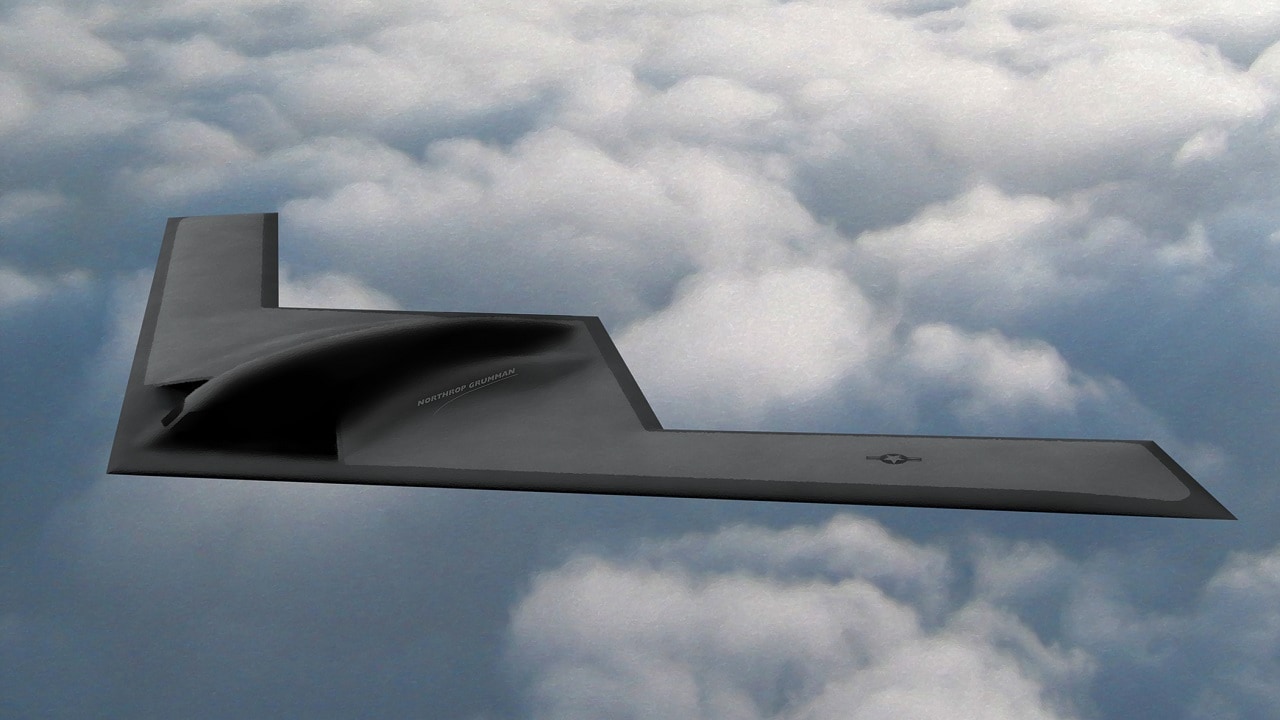
B-21 Raider bomber. Image Credit: Creative Commons.
-A second plant would increase industrial capacity, reduce risk, and allow for potential foreign sales to key allies.
The B-21 Raider Bomber Fleet Must Be Expanded
The Air Force’s newest strategic bomber, the B-21 Raider, is a technological marvel many years in the making. It builds on decades of stealth technology and provides vital long-range, deep-strike capability necessary to deter adversaries for the next several decades.
That’s the good news. The bad news: we aren’t producing as many of them as quickly as we should.
Given the appropriate secrecy surrounding the program, we don’t know the current B-21 inventory or production rate. However, the Air Force has stated it needs at least 100 aircraft and that it expects to procure 10 aircraft per year once in full-rate production.
At best, the nation is unlikely to have even 100 aircraft until the late 2030s. This is both too little and too late.
The nation needs a second production facility for the B-21, regardless of the final number of aircraft to be procured. The Defense Department should set a production rate of 20 aircraft per year. This demand signal will allow the B-21’s producer, Northrop Grumman, to build a second production plant. Although the cost of building a second facility is likely to approach $800M, the return on investment is extraordinarily high.
An additional facility will increase the rate at which the nation can build, field, and operate the B-21 fleet. Deterring China from aggression is a long-term strategy that requires action today. Deterrence cannot be achieved without credible, survivable, and sufficient long-range conventional strike capability.
The B-21 provides this foundational capability. We simply cannot wait until the late 2030s to field sufficient capacity for this vital deterrence role.
A second facility will also allow the US to increase total B-21 inventory. We must procure the number of aircraft we need, not the number that fits under some arbitrary budget topline. The Air Force has an unfortunate history of taking the opposite approach, albeit by the direction of their political masters. The F-22 Raptor and B-2 Spirit are prime examples of programs curtailed by budgetary constraints rather than strategic necessity.
The F-22, an unmatched air superiority fighter, saw its production capped at 187 aircraft, far short of the original requirement for over 700. Similarly, the B-2 Spirit was limited to a fleet of only 21 operational aircraft, falling dramatically short of the envisioned 132 units. Both decisions were driven by the incorrect belief that smaller, technologically superior forces could substitute for larger fleets.
Capacity is a quality all its own. This is true for both the industrial capacity to build, and the operational capacity to deter and fight our nation’s wars. US Strategic Command Commander General Tony Cotton, USAF, recently testified before Congress that the nation needs at least 145 B-21s. Some speculate that the nation will need more – at least 250.
China has ambitions of global hegemony; Russia is increasingly fixated on recreating their once-dominant Soviet power; Iran and North Korea show few signs of comity. The foundation to address 21st century challenges is sufficient force structure. A second production plant will allow the US to build, field, and operate the inventory that it needs and on a timeline that respects these threats.
Additional B-21 production capacity will also allow the US to consider sales of the aircraft to other nations. Our closest allies have signaled an interest in buying the B-21. Unlike the F-22, the F-35 was designed as a capability to be shared with allies and partners. The value of this approach increased the warfighting capability of our allies, improved operational and technical interoperability for our warfighters, bolstered the US defense industry, and signaled to our enemies the strength of US-led alliances around the world. We should strongly consider a similar approach for the B-21 and must be able to make such decisions unconstrained by self-imposed industrial capacity limitations.
Finally, building a second B-21 production plant is a smart industrial policy decision. Diversification of production limits risk posed by man-made and natural disasters.
It increases workforce demands for high-pay, high-skilled labor and improves local economies outside the Palmdale, Calif. location where the B-21 is being built. The current plant in Palmdale was previously used to build the B-2. A second plant will also provide the infrastructure for follow-on industrial capacity beyond the B-21.
The B-21 Raider represents the future of America’s strategic bomber force, a platform designed to ensure dominance in an era of complex and evolving threats. But the success of this program hinges not only on its advanced capabilities but also on the ability to produce it at scale and speed.\
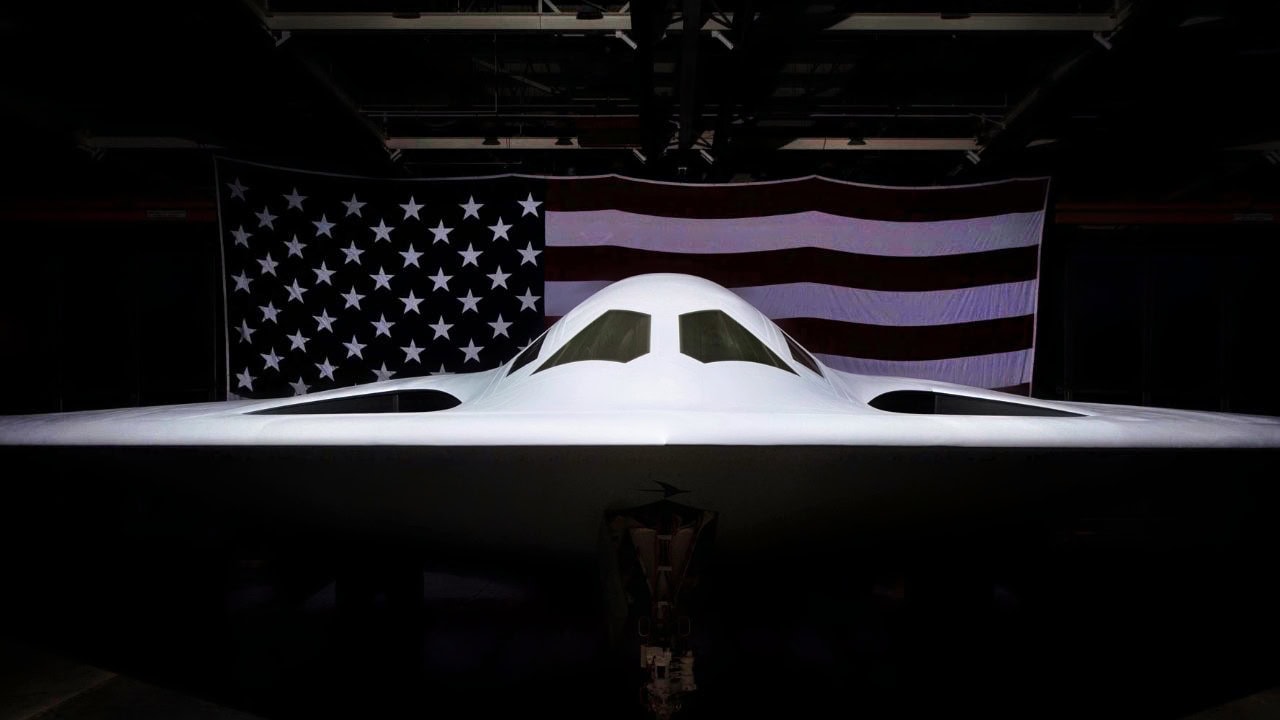
B-21 Raider Bomber. Image Credit: Creative Commons.
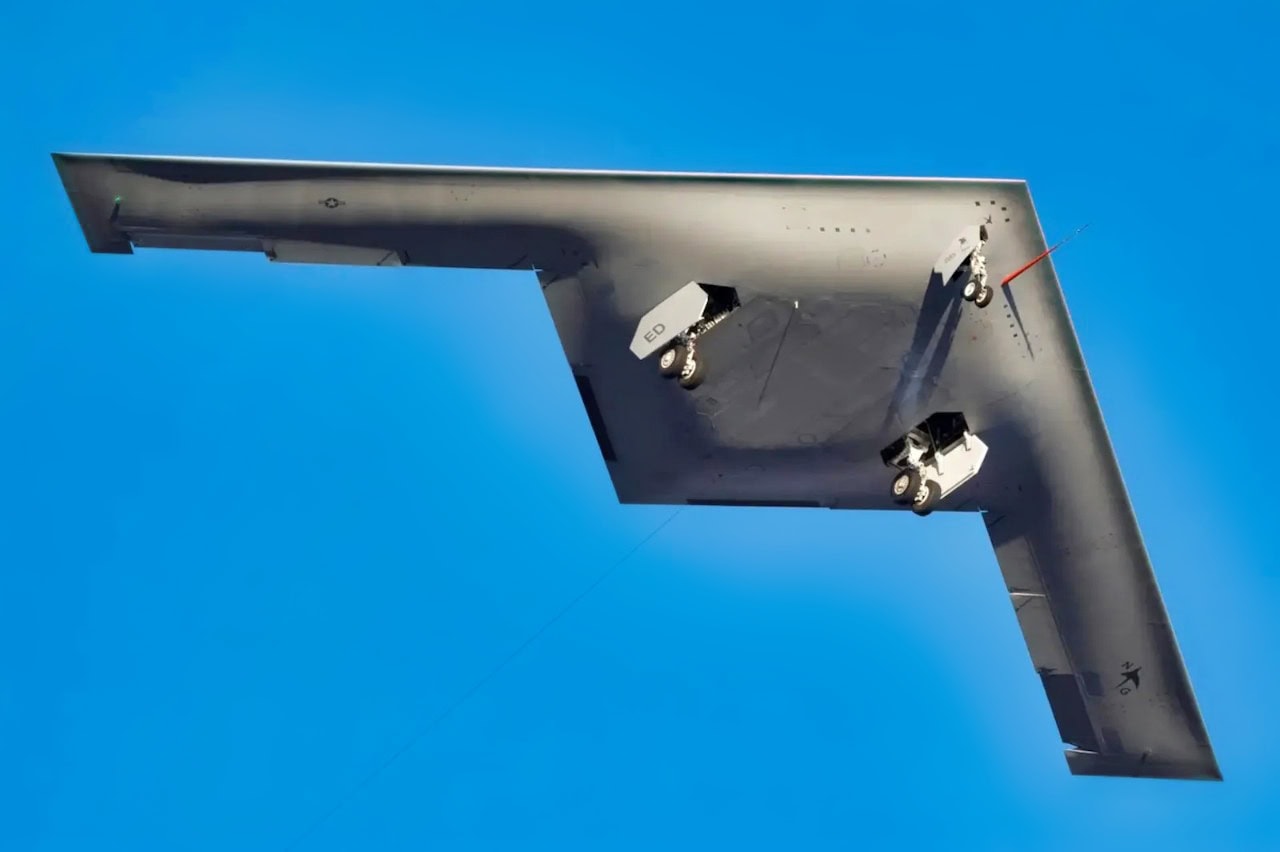
B-21 Raider. Image Credit: Creative Commons.
The House version of the reconciliation bill takes an important first step, adding $4.5 billion to help accelerate production and allow for an inventory above 100 Aircraft. But a second production facility is essential to meeting both the nation’s operational requirements and the broader demands of allied collaboration.
History has shown us the perils of settling for what seems affordable rather than what is necessary. The United States cannot afford to make the same mistake with the B-21 Raider. Quantity, as much as quality, will define the strategic balance of the 21st century. By investing in a second production line, the nation can ensure that this balance tips decisively in its favor.
About the Authors:
Robert Peters is a Senior Research Fellow for Strategic Deterrence in The Heritage Foundation’s Allison Center for National Security, where Shawn Barnes is a Visiting Fellow.

.jpeg)
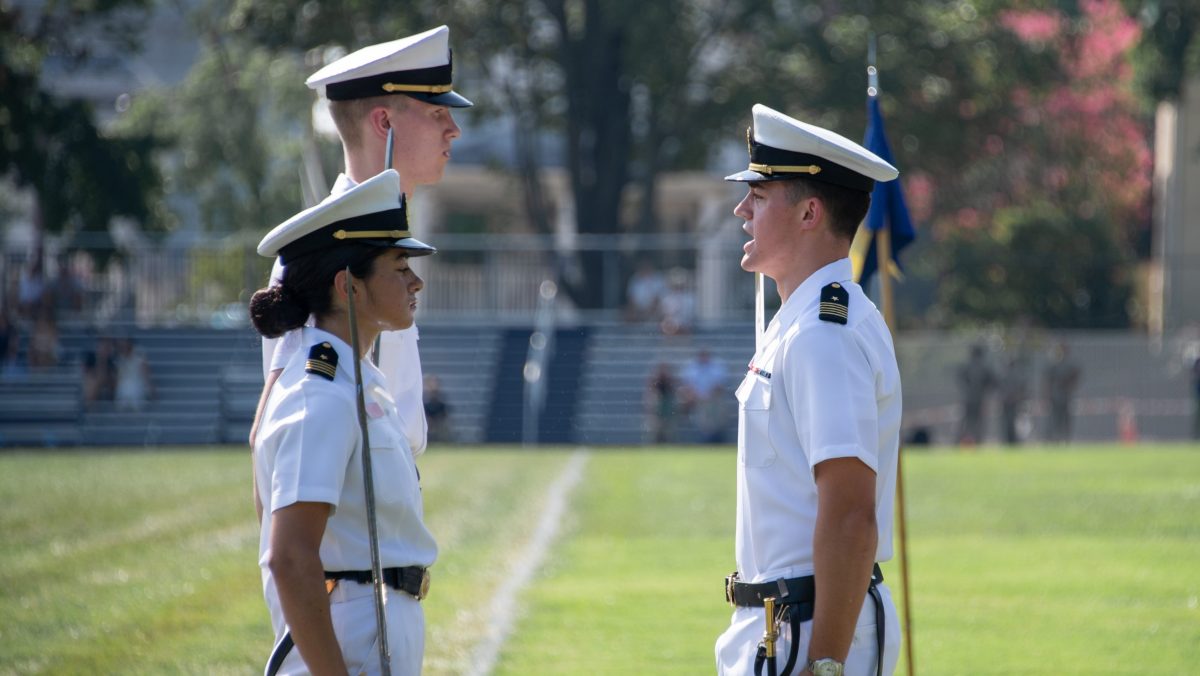
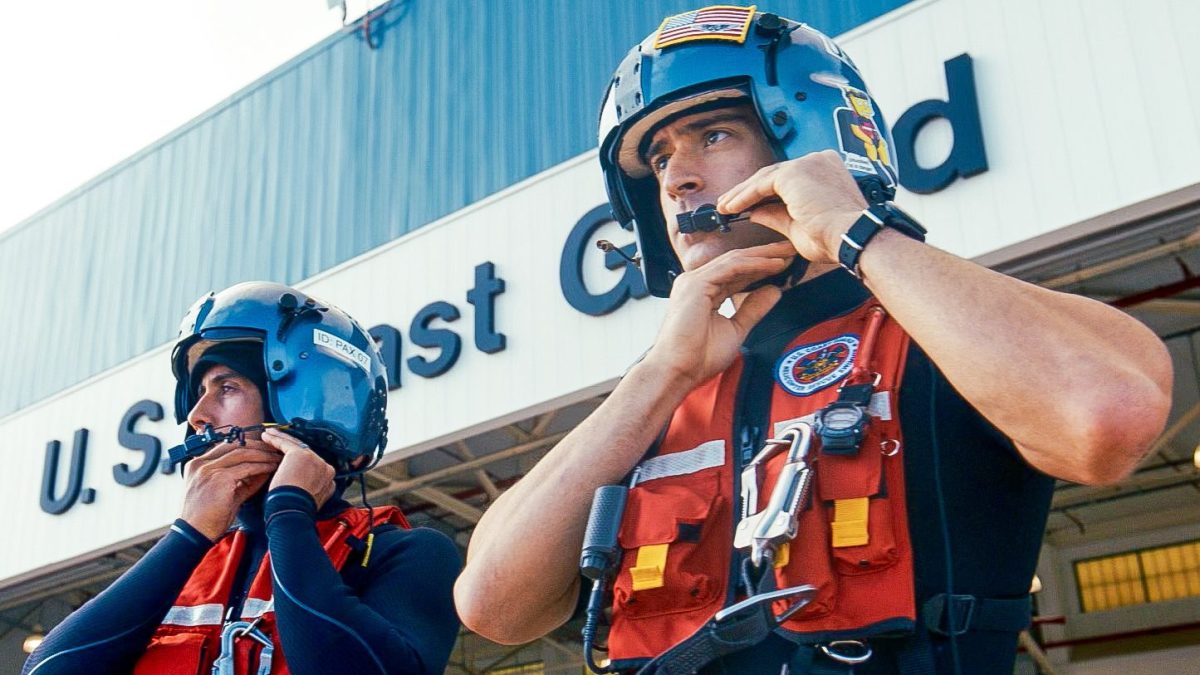
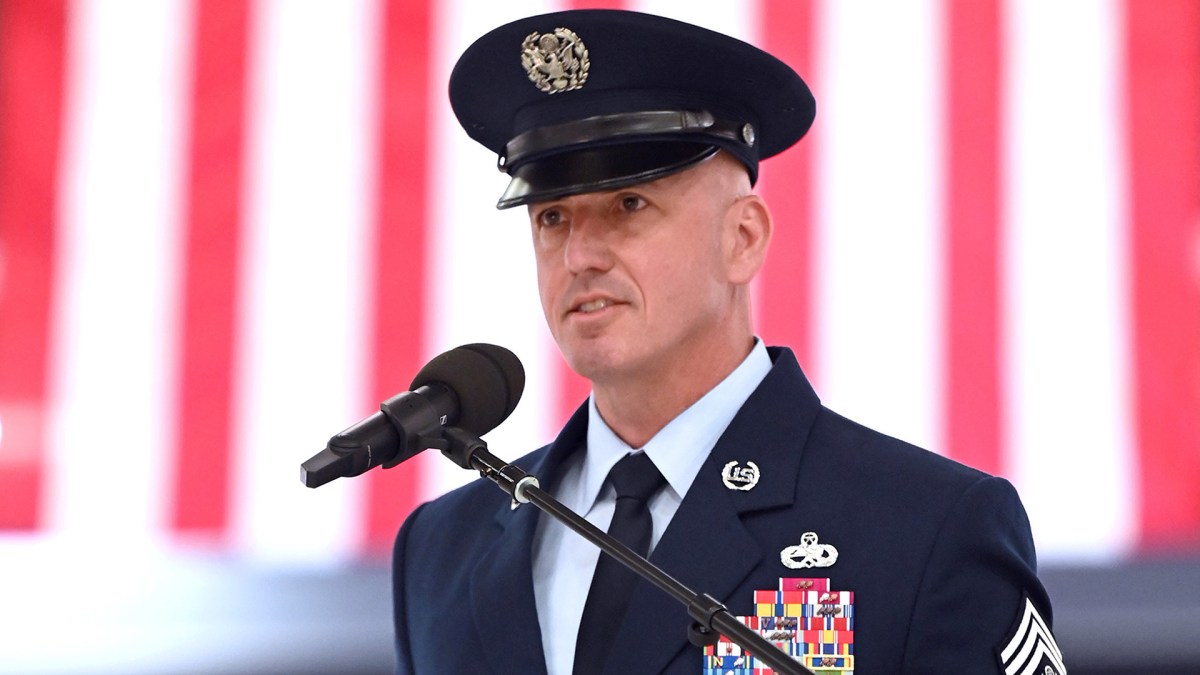
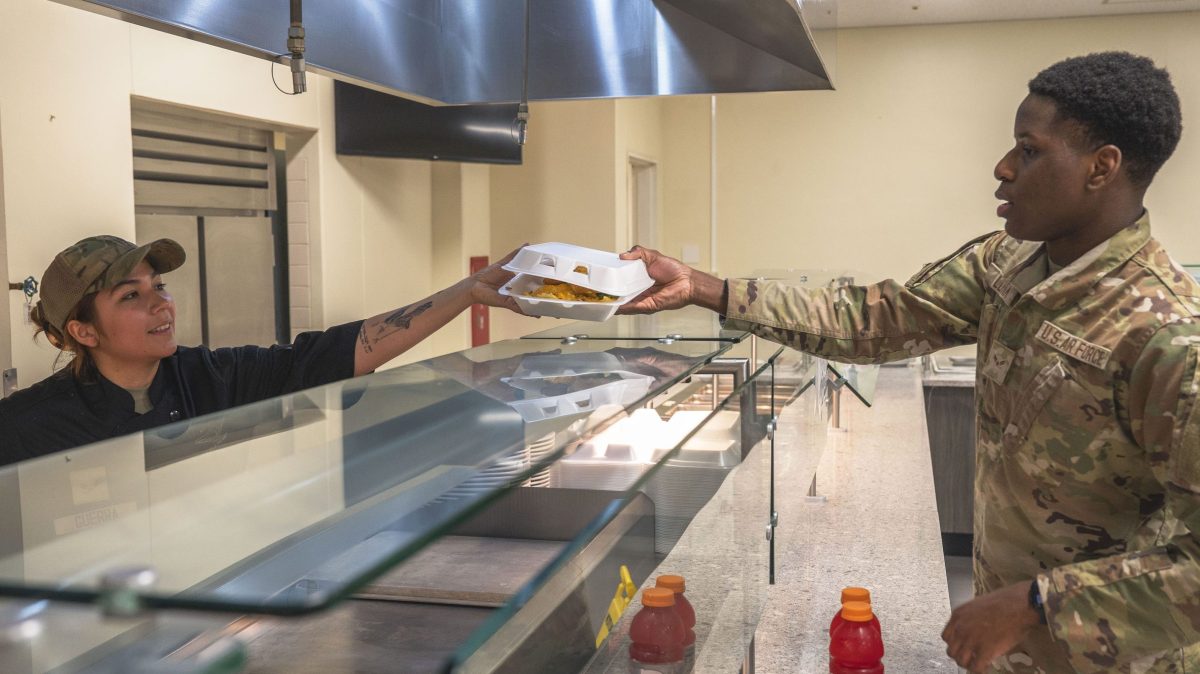






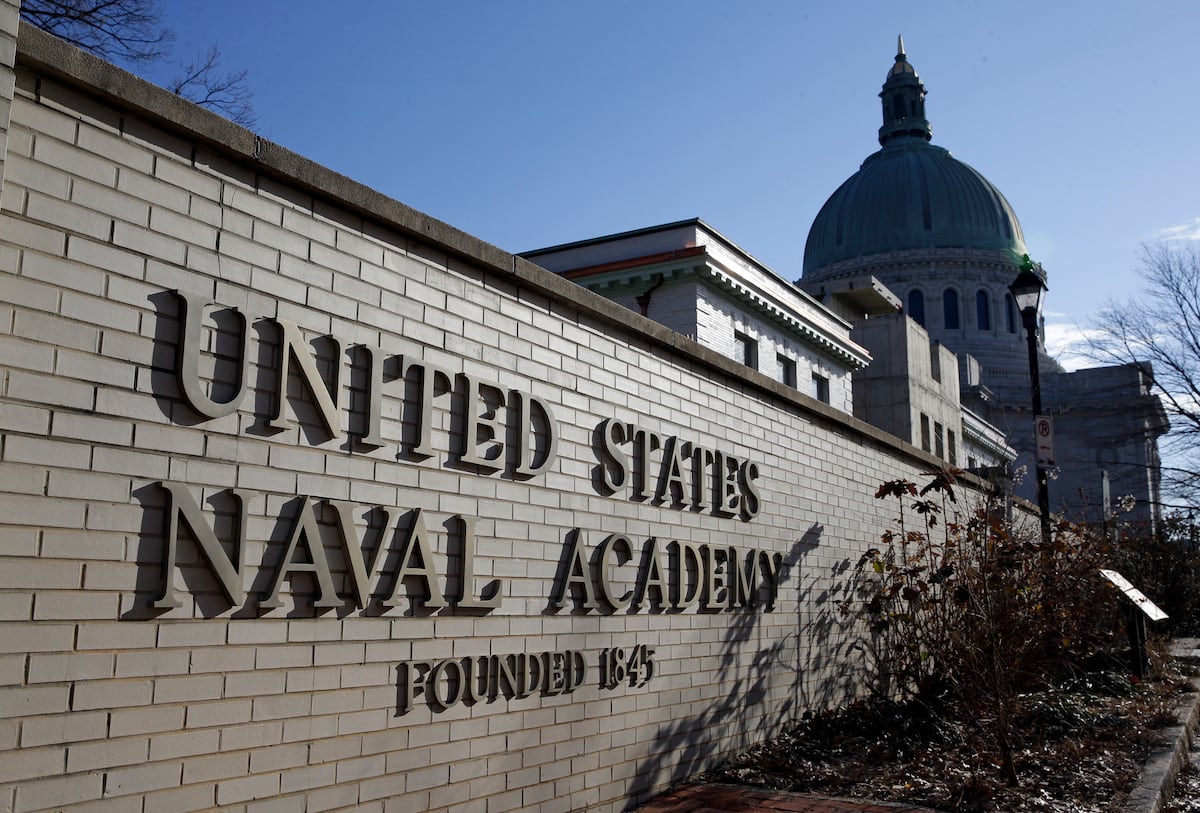












.jpeg)












 English (US) ·
English (US) ·